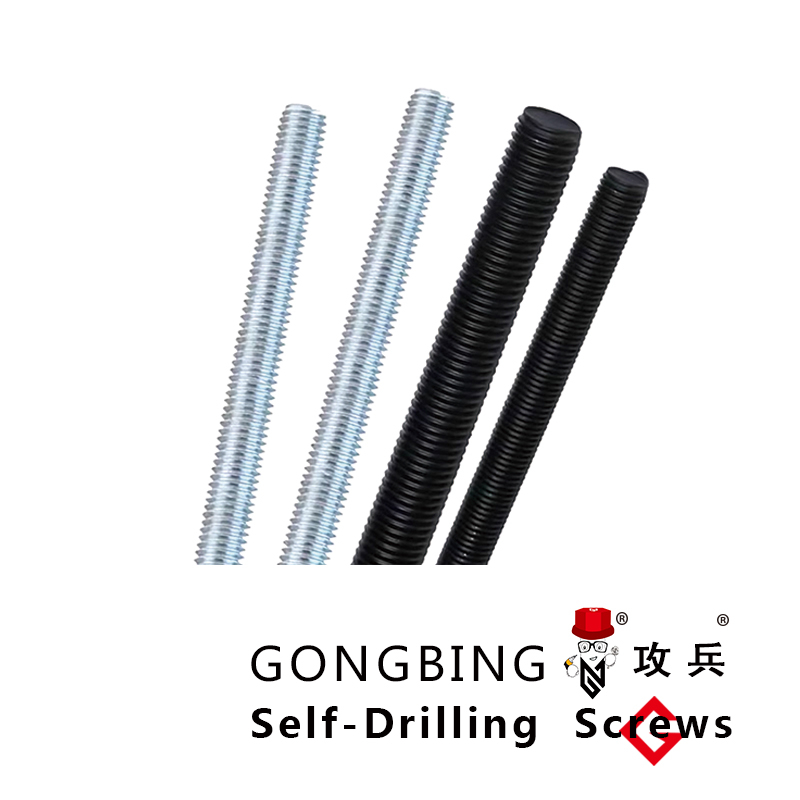Optimizing Strength and Stability with Expansion Shield Anchors for Various Applications
Understanding Expansion Shield Anchors A Comprehensive Guide
Expansion shield anchors are one of the most reliable and versatile fastening solutions available in the construction and engineering sectors. They provide excellent holding power in a variety of base materials, making them suitable for a broad range of applications, from securing structural elements to attaching fixtures and hardware. This article will explore the features, benefits, installation process, and best practices for using expansion shield anchors.
What are Expansion Shield Anchors?
Expansion shield anchors are mechanical anchors designed to provide strong anchoring in concrete and masonry. They consist of a cylindrical metal shell with a tapered end, a bolt or screw, and an internal expansion mechanism. When the bolt is tightened, the taper of the bolt causes the sleeve to expand against the sides of the drilled hole, which securely locks the anchor in place.
Features and Benefits
1. High Load Capacity Expansion shield anchors are known for their ability to support heavy loads, making them ideal for both structural and non-structural applications. The expansion mechanism distributes the load evenly, preventing aggregate breakout in concrete.
2. Versatility These anchors can be used in various materials, including concrete, brick, and stone. They are highly effective in applications such as securing handrails, installing shelving units, or mounting heavy machinery.
3. Weather Resistance Made from materials such as stainless steel or zinc-plated steel, expansion shield anchors are resistant to corrosion and weather, ensuring longevity in outdoor applications or in humid environments.
4. Easy Installation The installation process is straightforward, requiring minimal tools. Drilling a hole, inserting the anchor, and tightening the bolt is typically all that’s needed to create a secure bond.
Installation Process
Proper installation is critical for achieving the desired performance from expansion shield anchors. Here’s a step-by-step guide
Step 1 Select the Right Size Choose an anchor that matches the load requirements and material thickness. The size of the anchor should correspond to the diameter and depth of the drilled hole.
Step 2 Drill the Hole Use a hammer drill and an appropriately sized drill bit to create a hole in the concrete or masonry where the anchor will be installed. The hole depth should be slightly deeper than the length of the anchor to allow for debris and ensure proper seating.
expansion shield anchor

Step 3 Clean the Hole Remove dust and debris from the hole using a wire brush or vacuum. This step is important as it ensures proper expansion and bonding of the anchor.
Step 4 Insert the Anchor Place the expansion shield anchor into the hole. Make sure it is flush with the surface to ensure an uniform load distribution.
Step 5 Insert the Bolt Thread a bolt through the anchor and tighten it using a wrench. As the bolt is tightened, the anchor expands against the sides of the hole, creating a secure hold.
Step 6 Test for Security After installation, it is advisable to test the anchor’s security before applying full load. This can be done by gently pulling on the fixture to ensure it is firmly in place.
Best Practices
To maximize the effectiveness of expansion shield anchors, consider the following best practices
- Use the Correct Drill Bit Make sure to use a carbide-tipped drill bit specifically designed for concrete and masonry to achieve optimal drilling results.
- Follow Load Guidelines Adhere to the manufacturer's load guidelines, as exceeding these limits can lead to anchor failure.
- Consider Environmental Factors In environments with extreme temperatures, moisture, or chemical exposure, choose anchors that provide adequate resistance to these conditions.
- Regular Inspections For anchors that support critical loads, conduct regular inspections to ensure they remain secure and functional over time.
Conclusion
Expansion shield anchors are an invaluable tool in the construction and engineering landscape. Their ease of use, high load capacity, and versatility make them a go-to solution for many anchoring needs. By understanding their features and following proper installation techniques, users can ensure safe and durable applications, contributing to the overall integrity of their projects. Whether in residential installations or large-scale industrial applications, these anchors are essential components for reliable and permanent fastening.
-
Weatherproof Plastic Expansion Anchors for OutdoorNouvèlJun.06,2025
-
Sustainability in the Supply Chain: Eco-Friendly TEK Screws ProductionNouvèlJun.06,2025
-
Load-Bearing Capacity of External Insulation FixingsNouvèlJun.06,2025
-
Double Head Bolts: Enhancing Efficiency in Industrial MachineryNouvèlJun.06,2025
-
Corrosion Resistance in Chipboard Screws: Coatings for Wholesale DurabilityNouvèlJun.06,2025
-
Butterfly Toggle Bolts : Enhancing Structural ResilienceNouvèlJun.06,2025
